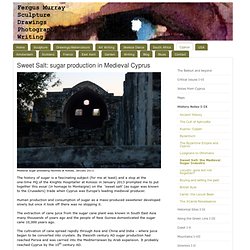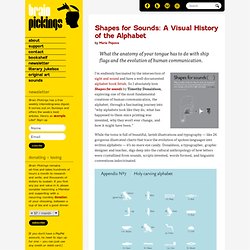

Is history fiction? The necessity for and difficulty of finding the truth in history Ann Curthoys & John Docker The context for Is History Fiction?

What is History? Asked E H Carr in his influential text of that name, first published in 1961, and reprinted endlessly since. The question we address in our book is more limited: is history fiction? The questions we address include the following. • Can historians tell the truth about the past? • Should history be written for the present or for its own sake? • Is it possible to see the past in its own terms? • Should we make moral judgements about people and actions in the past? • Are histories shaped by narrative conventions, so that their meaning derives from their form rather than the past itself? These are hardly new questions; indeed in our book we show how historians have always pondered the problem of historical truth, and have always markedly differed over how to achieve it. Our own book has been shaped by many present contexts. The postmodernism question. A social networking tool for the past. Sweet Salt: Sugar Production in Medieval Cyprus - fergusonmurraysculpture.com.
Medieval sugar processing facilities at Kolossi, January 2013.

The history of sugar is a fascinating subject (for me at least) and a stop at the one-time HQ of the Knights Hospitaller at Kolossi in January 2013 prompted me to put together this essai (in homage to Montaigne) on the ‘sweet salt’ (as sugar was known to the Crusaders) trade when Cyprus was Europe’s leading medieval producer. Human production and consumption of sugar as a mass-produced sweetener developed slowly but once it took off there was no stopping it. The extraction of cane juice from the sugar cane plant was known in South East Asia many thousands of years ago and the people of New Guinea domesticated the sugar cane 10,000 years ago.
The cultivation of cane spread rapidly through Asia and China and India – where juice began to be converted into crystals. By thesixth century AD sugar production had reached Persia and was carried into the Mediterranean by Arab expansion. The process of production then went like this. European History Interactive Map. Shapes for Sounds: A Visual History of the Alphabet. By Maria Popova What the anatomy of your tongue has to do with ship flags and the evolution of human communication.

I’m endlessly fascinated by the intersection of sight and sound and have a well-documented alphabet book fetish. So I absolutely love Shapes for sounds by Timothy Donaldson, exploring one of the most fundamental creations of human communication, the alphabet, through a fascinating journey into “why alphabets look like they do, what has happened to them since printing was invented, why they won’t ever change, and how it might have been.” While the tome is full of beautiful, lavish illustrations and typography — like 26 gorgeous illustrated charts that trace the evolution of spoken languages into written alphabets — it’s no mere eye candy. Donaldson, a typographer, graphic designer and teacher, digs deep into the cultural anthropology of how letters were crystallized from sounds, scripts invented, words formed, and linguistic conventions indoctrinated.
Donating = Loving. BBC Radio 4 - Making History.